When we think of the essence of culture and storytelling, few things captivate the soul like the world of famous theatre and performance arts. From the grand stages of Broadway to the intimate theatres of London’s West End, these vibrant spaces breathe life into stories old and new. Each performance, a symphony of emotion and movement, draws us into worlds both familiar and fantastical.
Imagine stepping into the historic Globe Theatre in London, where Shakespeare’s timeless tales unfold just as they did centuries ago. The air is thick with anticipation, echoing with the whispers of past performances that have left their mark on generations. Here, every line spoken carries the weight of history, yet each actor brings a fresh interpretation that resonates with today’s audience.
Across the Atlantic, Broadway stands as a beacon of creativity and innovation. The neon lights of Times Square illuminate stages where dreams are realized night after night. From musical extravaganzas to thought-provoking dramas, Broadway productions transport us to realms where anything is possible. The rhythm of dance, the power of song, and the magic of storytelling converge to create unforgettable experiences that linger long after the final curtain call.
In the heart of Paris, the artistry of mime and avant-garde theatre pushes boundaries and challenges perceptions. Here, silence speaks volumes, and movements become poetry in motion. The experimental nature of performance art invites audiences to explore the depths of human expression and confront the complexities of our existence.
Whether it’s the classical elegance of opera or the raw energy of experimental theatre, famous theatre and performance arts continue to shape our cultural landscape. They invite us to question, to feel, and to connect in ways that words alone cannot express. Step into the spotlight and let the magic of theatre transport you to places where imagination knows no bounds.
Unveiling the Legacy: Iconic Theatres That Redefined Performance Arts
One of the crown jewels of theatre history is the Royal Opera House in London. Nestled in Covent Garden, this majestic venue has been at the heart of British culture for centuries. From ballet to opera, each performance here is a testament to its grandeur and the meticulous craftsmanship that went into its design. With its plush red seats and opulent chandeliers, the Royal Opera House is a masterpiece in itself, offering a glimpse into a bygone era of sophistication and elegance.
Moving across the Atlantic, Broadway’s name resonates with every theatre enthusiast. The Broadway Theatre District in New York City is home to some of the most famous theatres in the world. Take the Shubert Theatre, for instance, where legends like Audrey Hepburn and Marlon Brando once graced the stage. The aura of creativity and innovation permeates every corner of Broadway, where dreams are born and legacies are made with each standing ovation.
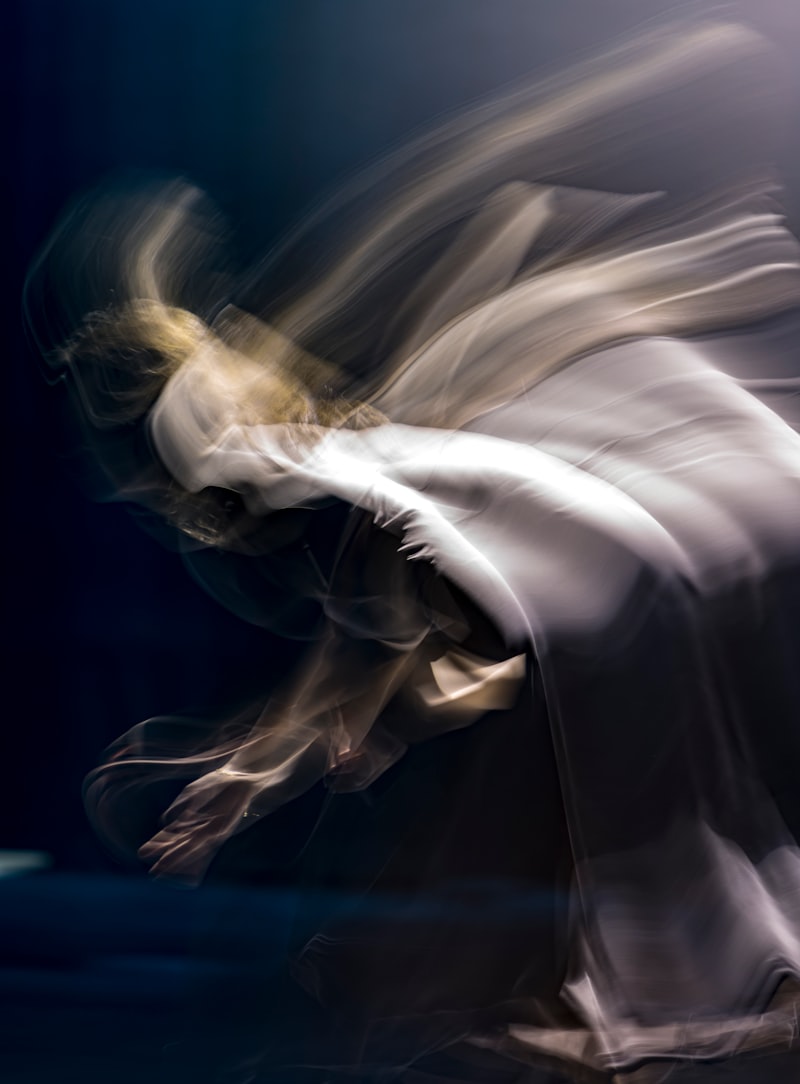
In the heart of Moscow stands the Bolshoi Theatre, a symbol of Russian culture and artistic excellence. Renowned for its ballet and opera performances, the Bolshoi Theatre embodies the soul of Russian classical arts. The grand facade and ornate interiors transport you to a realm where Tchaikovsky’s compositions come to life, stirring emotions and leaving audiences spellbound.
Closer to home, Sydney’s iconic Sydney Opera House is not just a venue but an architectural marvel that defines Australia’s cultural identity. Designed by Danish architect Jørn Utzon, its sail-like roofs against the backdrop of Sydney Harbour are an iconic sight. Hosting a myriad of performances from opera to contemporary dance, the Sydney Opera House continues to captivate audiences worldwide with its breathtaking views and world-class productions.
Behind the Curtain: Stories of Drama and Excellence in Theatre History
The world of theatre is a tapestry woven with threads of drama, creativity, and sheer brilliance. From the grand amphitheaters of ancient Greece to the avant-garde stages of modern Broadway, theatre history is a journey through human emotions and artistic expression.
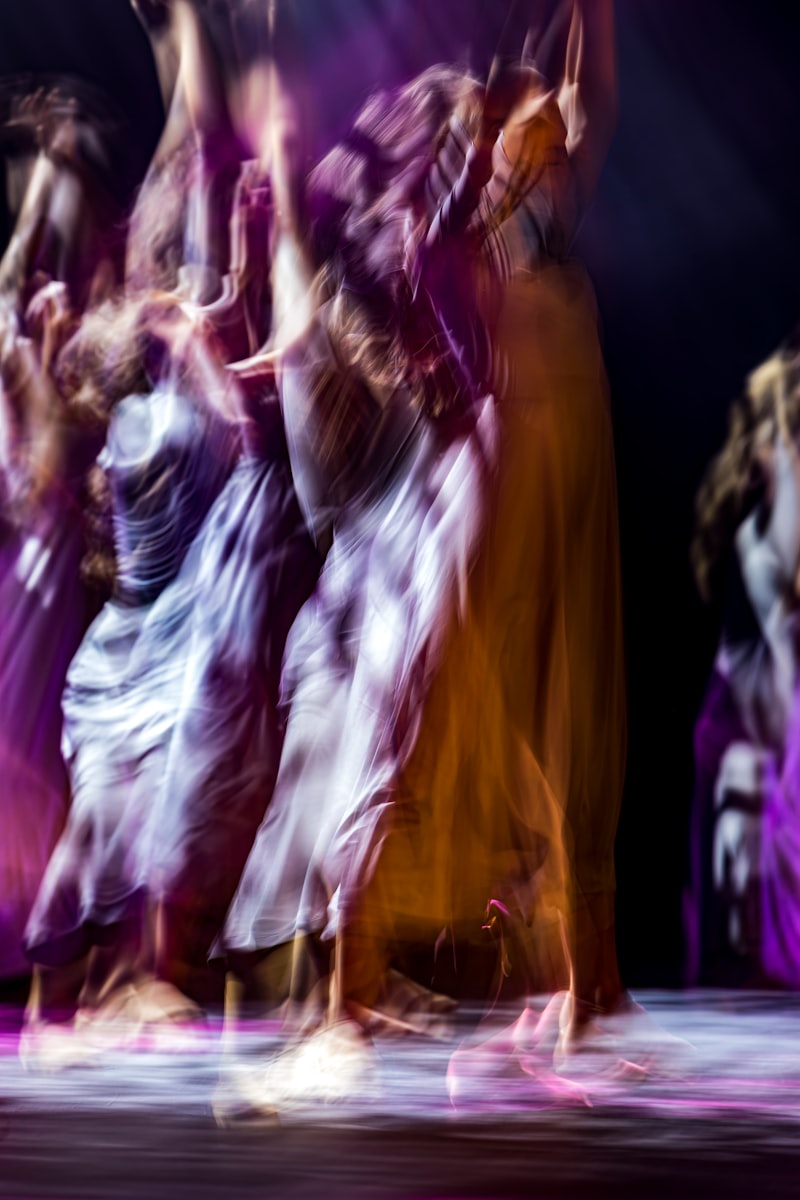
Imagine the roaring applause echoing through the Roman Colosseum as gladiators and actors alike captivated audiences with tales of valor and tragedy. Theatre in ancient times wasn’t just entertainment; it was a reflection of society, its values, and its struggles. Plays by playwrights like Sophocles and Euripides delved into profound themes of fate, justice, and the human condition, resonating with audiences across centuries.
Fast forward to the Elizabethan era in England, where William Shakespeare emerged as a literary giant whose works continue to define the essence of dramatic storytelling. From the star-crossed lovers of “Romeo and Juliet” to the political intrigue of “Macbeth,” Shakespeare’s plays transcended time, showcasing the complexities of human relationships and the depths of human ambition.
Theatre evolved through the ages, adapting to cultural shifts and technological advancements. The 19th century saw the rise of realism, with playwrights like Henrik Ibsen and Anton Chekhov bringing everyday life to the stage, challenging societal norms and provoking thought.
In the 20th century, theatre became a breeding ground for experimentation and innovation. From the expressionism of Bertolt Brecht to the absurdism of Samuel Beckett, playwrights shattered conventions, pushing the boundaries of what theatre could be. Broadway flourished as a hub of musical theatre, enchanting audiences with spectacular performances and unforgettable melodies.
Today, theatre continues to thrive as a vibrant tapestry of genres and styles. From intimate off-Broadway productions to extravagant West End musicals, every performance tells a story waiting to be heard. Theatre remains a testament to human creativity and resilience, celebrating the beauty of storytelling and the power of live performance.
From Stage to Screen: How Theatre Icons Transformed Entertainment
Imagine the sheer dynamism of a theatre actor, whose every gesture and inflection reaches the farthest corners of a grand auditorium. This ability to command attention and evoke raw emotions translates effortlessly onto film, where subtlety can amplify the impact of a performance. Take for instance the legendary Dame Judi Dench, whose illustrious career spans from the Royal Shakespeare Company to portraying formidable characters on screen with equal finesse.
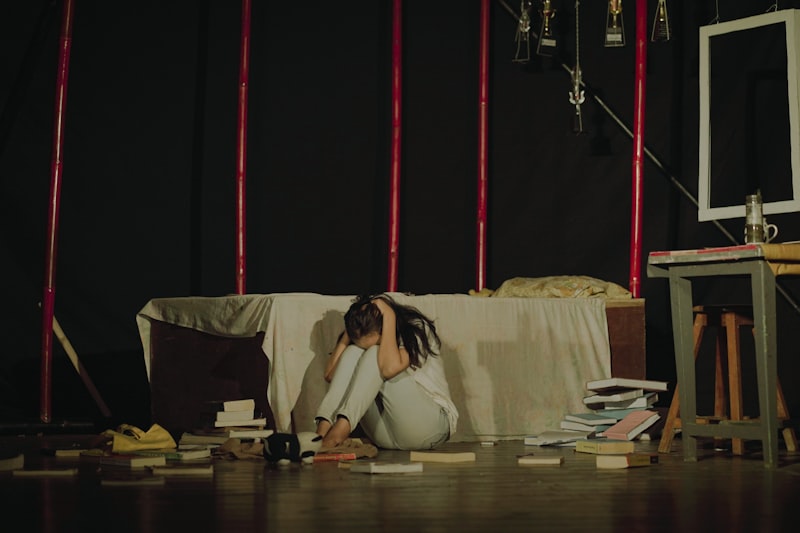
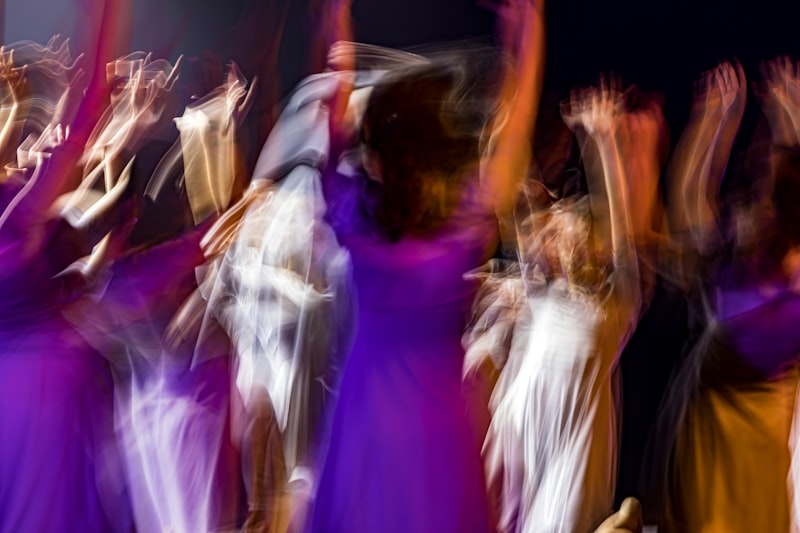
The allure of theatre lies in its immediacy—a live audience shares an intimate connection with performers, each night a unique experience shaped by the energy in the room. This essence is akin to capturing lightning in a bottle, and when theatre icons make the leap to film, they bring this electric atmosphere with them. Who can forget Sir Ian McKellen’s spellbinding portrayal of Gandalf in “The Lord of the Rings” series, a role that resonated powerfully with audiences worldwide?
Transitioning from stage to screen requires more than skill—it demands a versatility that can breathe life into diverse roles and genres. From musical maestros like Hugh Jackman, whose theatrical roots enrich his portrayal of Wolverine, to Meryl Streep, whose theatrical training infuses depth into every character she embodies, these icons redefine what it means to captivate an audience across different mediums.
In essence, the journey from stage to screen is a testament to the enduring power of storytelling. Theatre icons, with their ability to transport audiences through time and space, continue to shape entertainment narratives in ways that defy convention. As we celebrate their achievements, we are reminded that true talent transcends the confines of any stage or screen—it leaves an indelible imprint on the hearts and minds of all who bear witness.
Legendary Acts: Celebrating the Pioneers of Performance Arts
In the vibrant tapestry of human creativity, few threads shine as brightly as the pioneering acts that have shaped our understanding of performance arts. From the electrifying tap routines of Fred Astaire to the soul-stirring arias of Maria Callas, these legendary performers have not only entertained but have also defined their genres with unparalleled skill and passion.
Imagine stepping into a world where every movement, every note, is a brushstroke on the canvas of human emotion. Fred Astaire, with his effortless grace and precision, transformed dance into a mesmerizing art form that continues to inspire generations. His performances were more than just steps; they were stories told through rhythm and motion, captivating audiences worldwide.
On the operatic stage, Maria Callas redefined the role of the soprano, infusing each aria with raw emotion and dramatic intensity. Her voice, like a powerful river carving its path through stone, could evoke joy, sorrow, and everything in between. Callas wasn’t just a singer; she was a storyteller whose voice painted vivid landscapes of passion and despair.
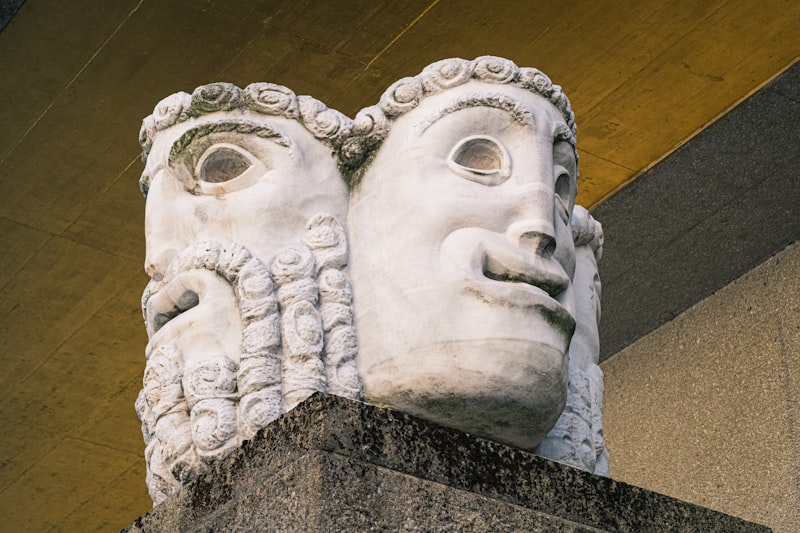
These pioneers didn’t just perform; they revolutionized their respective fields, pushing boundaries and challenging conventions. Their artistry wasn’t confined to stages; it transcended time and space, leaving an indelible mark on culture and inspiring countless artists to follow in their footsteps.
What makes these legendary acts timeless isn’t just their technical prowess but their ability to connect with audiences on a profound level. They didn’t just entertain; they transported listeners to new realms of imagination and emotion. Their performances were like journeys, taking us on adventures through the highs and lows of the human experience.
As we celebrate these pioneers of performance arts, we are reminded of the power of creativity to transcend barriers and unite us in shared moments of wonder and awe. Their legacies continue to resonate, reminding us that the true essence of art lies in its ability to move us, to provoke thought, and to inspire change.
Frequently Asked Questions
How has technology influenced stage performances over time?
Discover how technology has transformed stage performances throughout history, from the advent of lighting and sound innovations to today’s use of digital effects and interactive elements. Explore the evolution of stagecraft and its impact on storytelling and audience engagement.
Who are the most influential figures in modern theatre?
Discover the most influential figures in modern theatre, from directors who redefine stagecraft to playwrights reshaping narratives. Learn about innovators like Peter Brook, whose minimalist approach revolutionized directing, and Tony Kushner, celebrated for complex, socially resonant scripts. Explore their impact on contemporary theatrical landscapes.
How do famous actors prepare for challenging roles in theatre?
Learn how renowned actors prepare for demanding theatre roles through intensive research, character analysis, and rigorous rehearsals, ensuring authentic and compelling performances on stage.
What are the key differences between Broadway and West End theatre?
Learn about the key differences between Broadway and West End theatre, including their locations, primary audiences, and styles of productions. Discover how these iconic theatre scenes differ in cultural influence and performance traditions.
What are some iconic plays that have shaped theatre history?
Explore iconic plays that have left an indelible mark on theatre history, from Shakespeare’s ‘Hamlet’ and ‘Romeo and Juliet’ to Tennessee Williams’ ‘A Streetcar Named Desire’ and Arthur Miller’s ‘Death of a Salesman.’ These timeless works continue to influence theatre worldwide, setting benchmarks in storytelling, character development, and dramatic expression.



